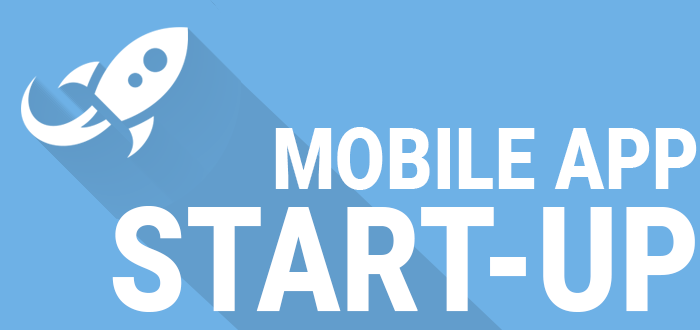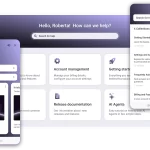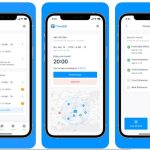Many entrepreneurs always have an idea of the kind of mobile app startup or first mobile app they want. However the biggest challenge is knowing how and when to start. This leads many to procrastinate or delay the launch. The following guide is founded on experienced gained from working with different businesses and entrepreneurs and shows the steps to take to start the first mobile app.
Step 1 – Authenticate
The first step is to ensure the app resonates with the target audience. And unless you do this the idea will remain an idea. Validating can be done by building landing page which highlights the idea, using Google Keyword Planner to confirm the people looking for such an app, or creating an MVP (minimum viable product) that provides the fundamental value that tests the interest of the target user.
Step 2 – Detail the Product
The next step is detailing the product or wire framing. This is done using a document or tools such as Proto.io or JustInMind. The goal is to guide the user on how to use the app as well as familiarize with the features.
Step 3 – Focus on the Core Features
After creating the prototype or wireframing, any unnecessary features are removed. The app should only have the core values that are beneficial to the user. Any other features can be added on later. It is also important to pay attention to the cost.
Step 4 – Design Phase
Many people pay more attention to developing the app than the design itself. Usually, they will simply go for basic design that is not-so catchy or appealing. The best approach to developing a mobile app startup is to give designing priority and focus on improving the user experience.
Step 5 – Summary
Come up with a brief that will be presented to potential development partners. It will have a probable timeline and estimated cost, and will feature the idea context or background, target customers and why they need it, prototype/wireframes, features, how to use, and monetization plan.
Step 6 – Hire
Finally, look for a reputable and competent company to develop the app. The firm should be highly experienced, boast of a solid team, and is credible. It is a good idea to look at the developer’s portfolio as this gives an idea of what to expect from the company.
Important Tips
-Create Developer Accounts: For the app to be sold in a particular store, the developer account needs to be registered with the app store concerned. The account can either be individual or company. It costs $99 to register at Apple and $25 at Googles Android annually.
– Integrate Analytics: To monitor user engagement, downloads, and the app retention, it is vital to use Analytics tools such as Flurry (offered freely) or Localytics (freemium).
– Getting Feedback and Iteration: It is important to regularly monitor consumer behaviour and usage after the launch of the app. Insights from the feedback identify shortfalls and helps improve the app.
Dos and Don’ts
The following Dos and Don’ts help an individual stay focused and avoids overlooking some important aspects when creating a mobile app startup.
1. Don’t Quit Work Yet
Don’t quit employment simply because you have an idea. It takes time and patience for the app to start bringing in any meaningful income. Tim Ferriss, author of “The 4-Hour Work Week” advises people to slowly transition from employee to entrepreneur. The only time a person should think about quitting work is after achieved good traction, acquiring enough investors, and has build trust with the audience.
2. Do have a clear Marketing Plan
Building and launching an app is one thing and getting the market for it is another. Unless a person has a good marketing strategy the app will never capture the hearts of the target market. A good marketing plan focuses on getting the first 100, 500, 1,000, 5,000, 10,000 and more customers.
3. Don’t Seek Validation from Friends
Seeking validation from a friend only offers imaginary sort of response. The best way to validate the app is to talk to people that have actually used the app.
4. Don’t fundraise until the App is validated
Validating the app should always come before starting to think about raising funds. Venture capitalists (VC) are more concerned about a product that has been tested by users and shows growth more than funding something totally new. The feedback is what inspires them to fund the app. Unlike the era of traditional software companies, creating technology-based venture nowadays takes a shorter time. Version 1 and demos can be created in days at hackathons.
The above are the basic steps to creating a first mobile app. The key takeaway is to focus on the core values, have a clear strategy, focusing more on adding value, and have a good app marketing strategy. A good mobile app startup leads to an attractive app that generates positive feedback, and finding venture capitalists to fund the mobile app becomes easier.






















